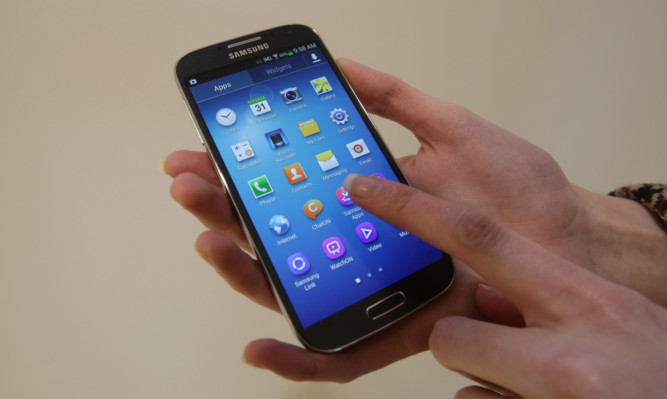Scotland is catching up in the mobile phone market, according to research.
The proportion of people using their phone to access the web grew from 31% to 44% in a year, and online activity is higher than the UK average, communications regulator Ofcom said.
The rise is due to increased smartphone ownership, up 13 points to 45% but below the UK average of 51%. People in Scotland also turned more to tablet computers, with take-up more than doubling to 24% which is equal to the UK average.
Home broadband increased from 68% to 70% in a year, below the UK average of 75%.
Vicki Nash, director of Ofcom Scotland, said: “It is good to see Scotland catching up in our use of communications and media. This applies to the rise in take-up of tablets, mobiles and smartphones, along with growth in the use of mobile internet.
“Some of the trends reported in last year’s report continue. Broadband take-up for Scotland as a whole has increased; not as large an increase as reported last year but still an upward trend.”
The findings are in Ofcom’s communications market report for Scotland, which also looks at TV, radio and post.
People in Scotland are “significantly more likely” to say they are happy with Royal Mail: 67% were “very satisfied” compared with 40% across the UK. Overall satisfaction in Scotland stood at 93%.
For broadcasting, spending on programmes specifically for viewers in Scotland fell 6% to £52 million between 2011 and 2012.
But over the five years from 2007 to last year, Scotland bucked the trend for spending on current affairs output. Over that period, the spend on current affairs by BBC and STV increased 6% against a 28% decline for the UK as a whole, Ofcom said.
